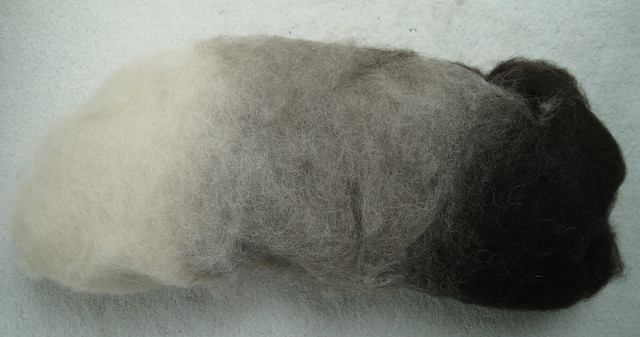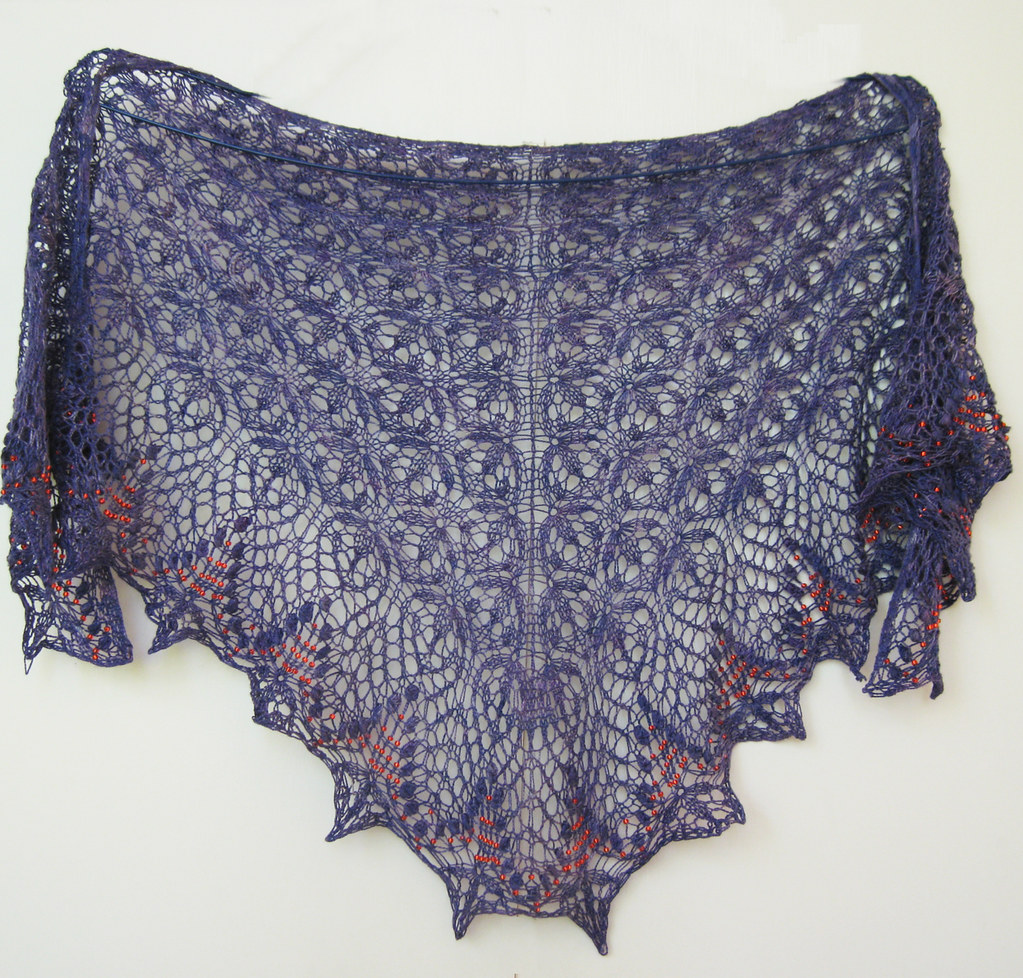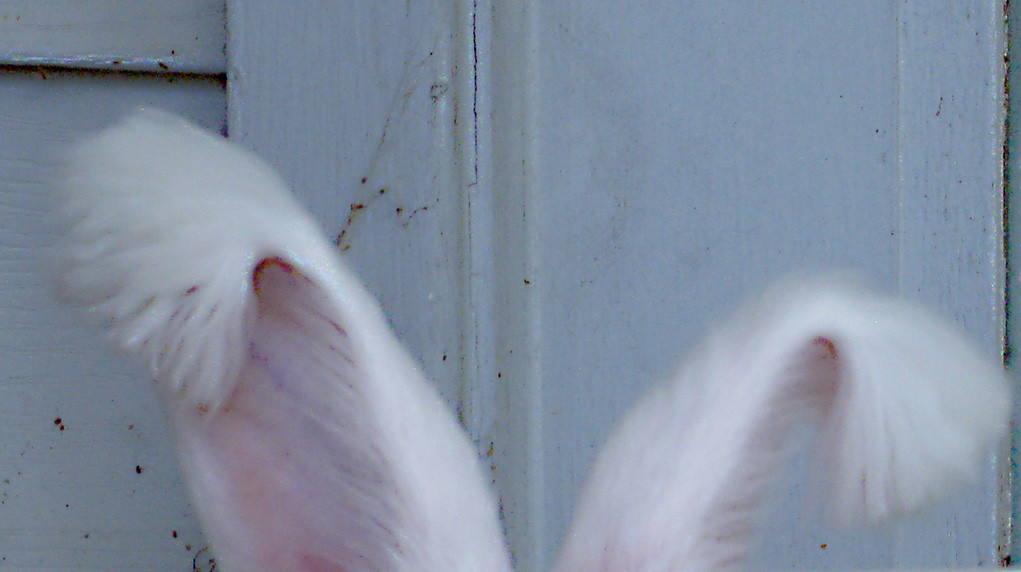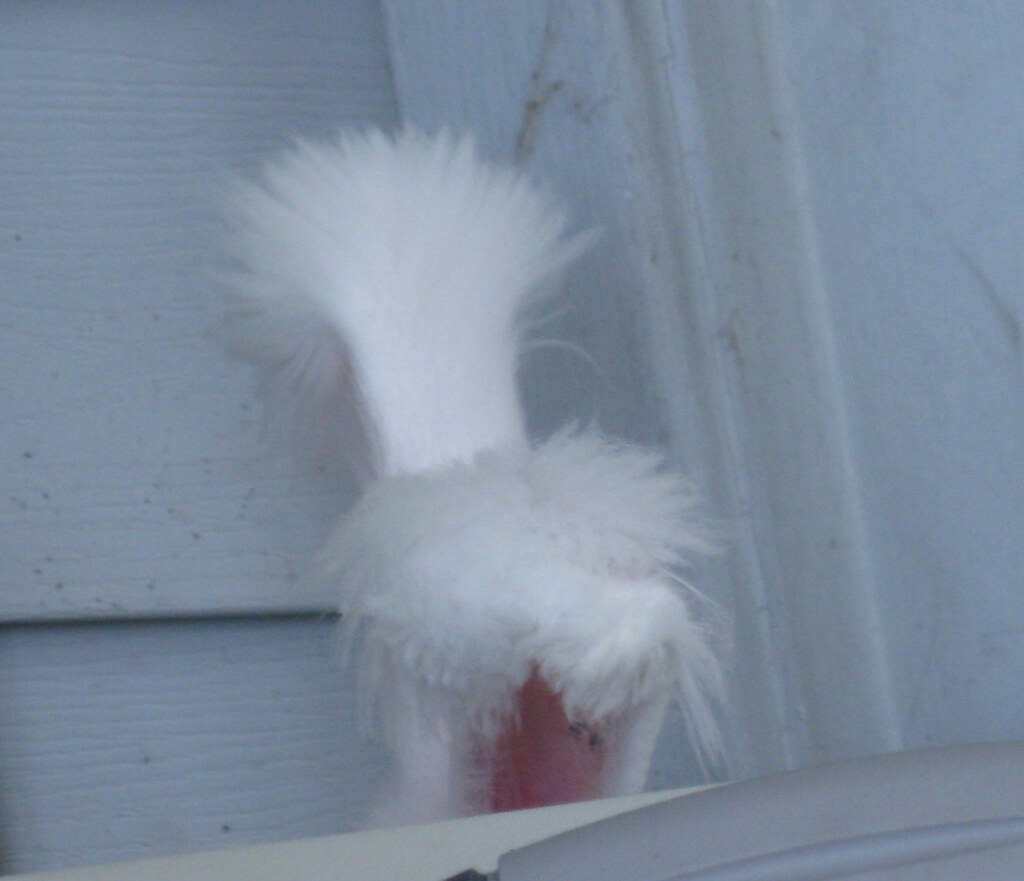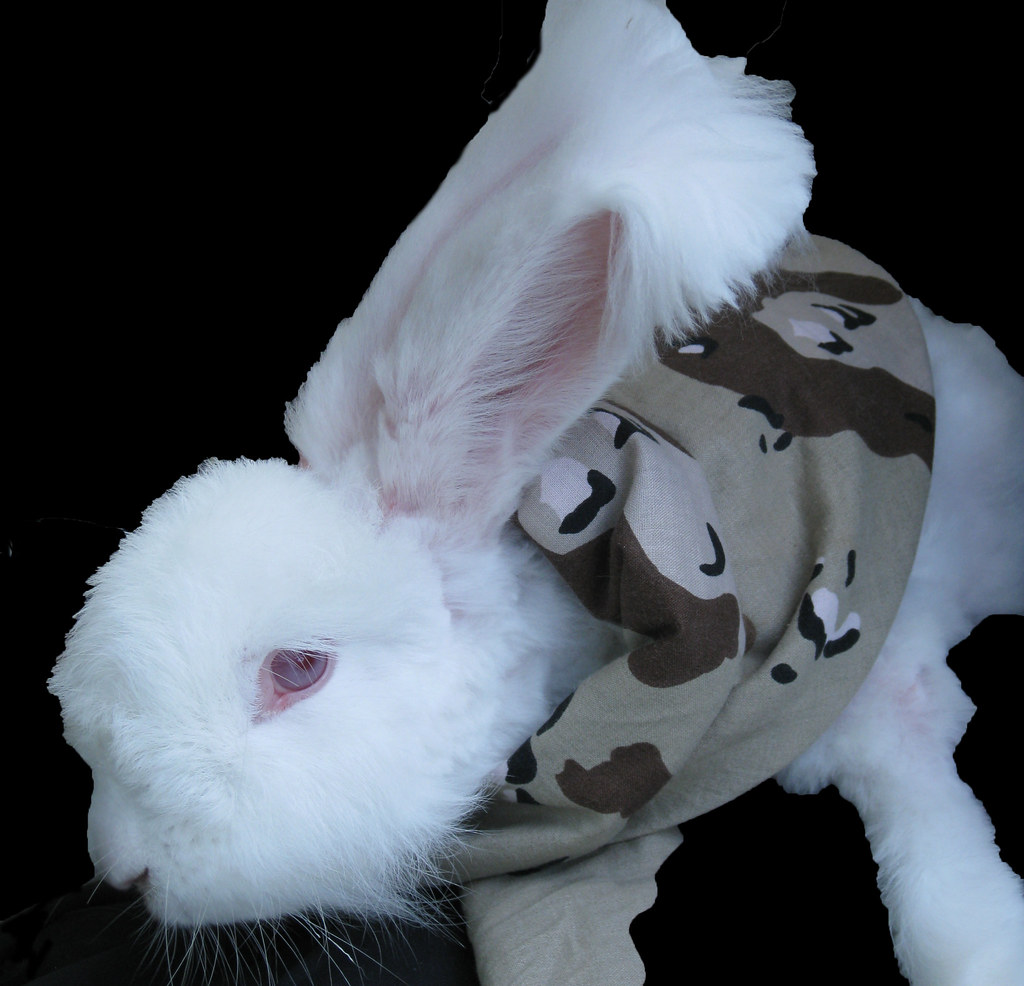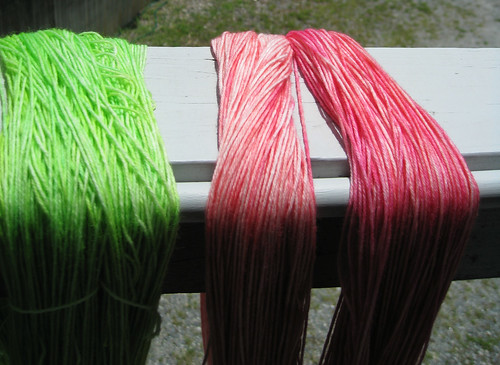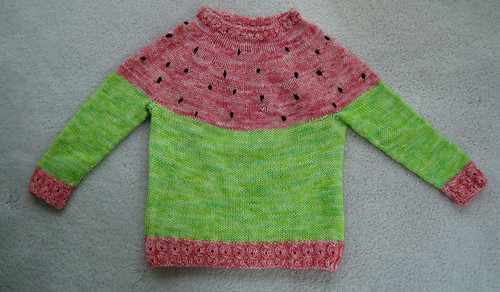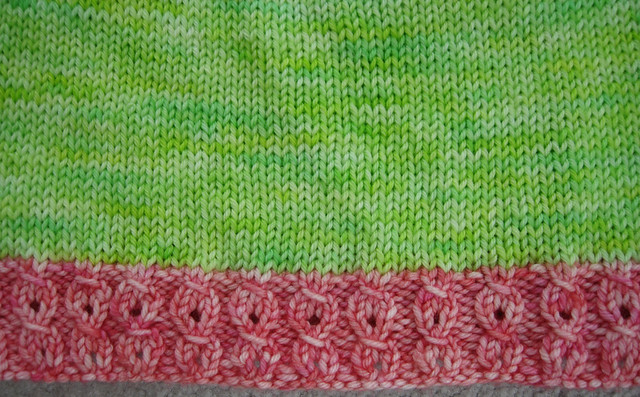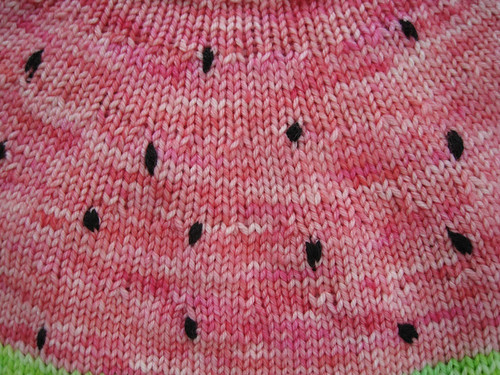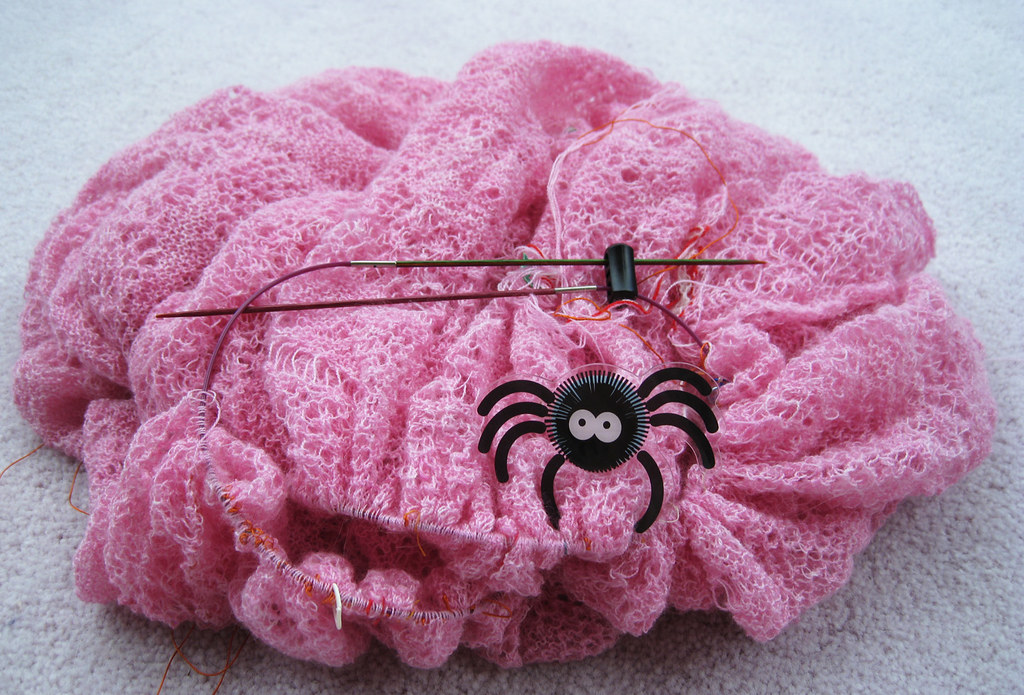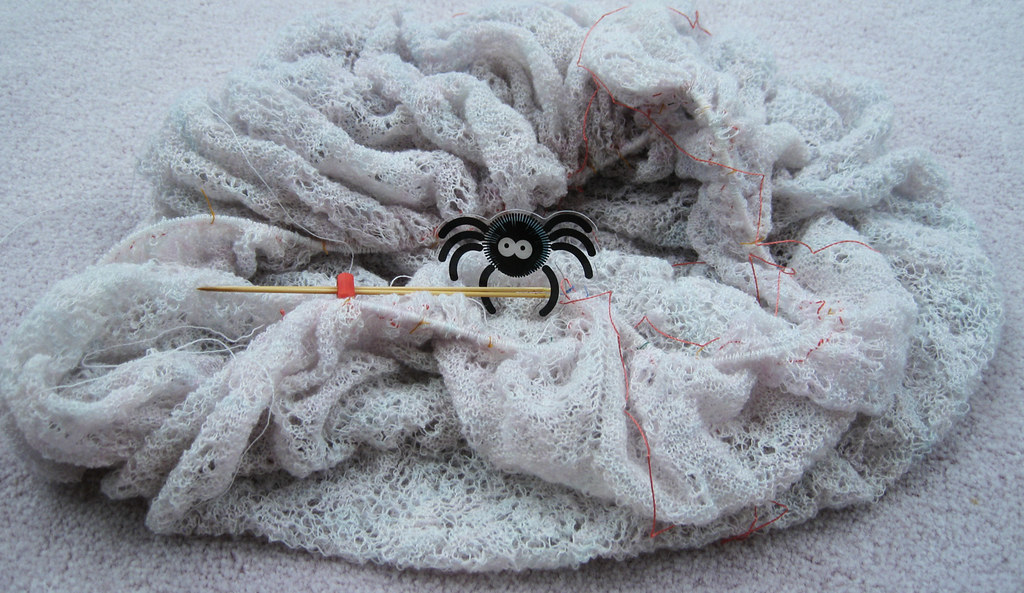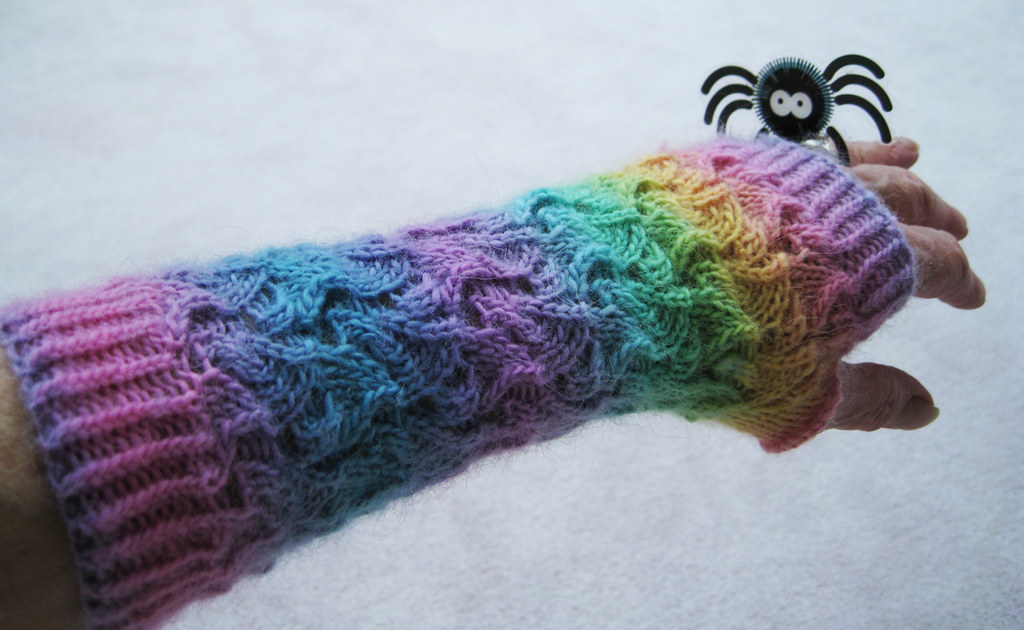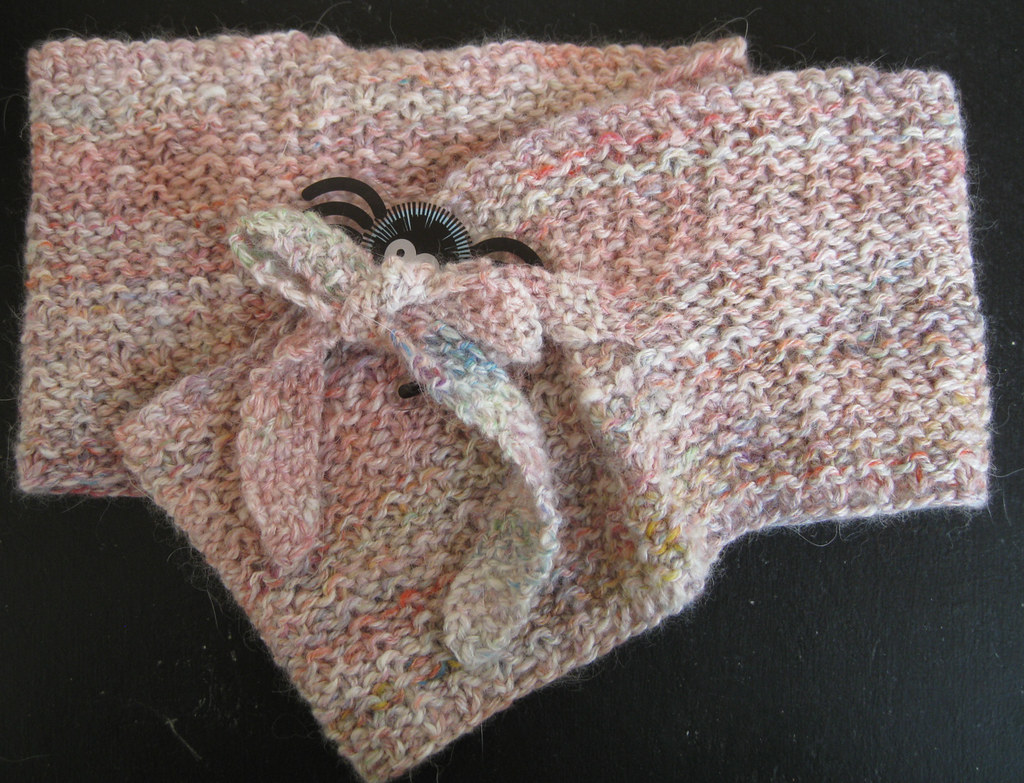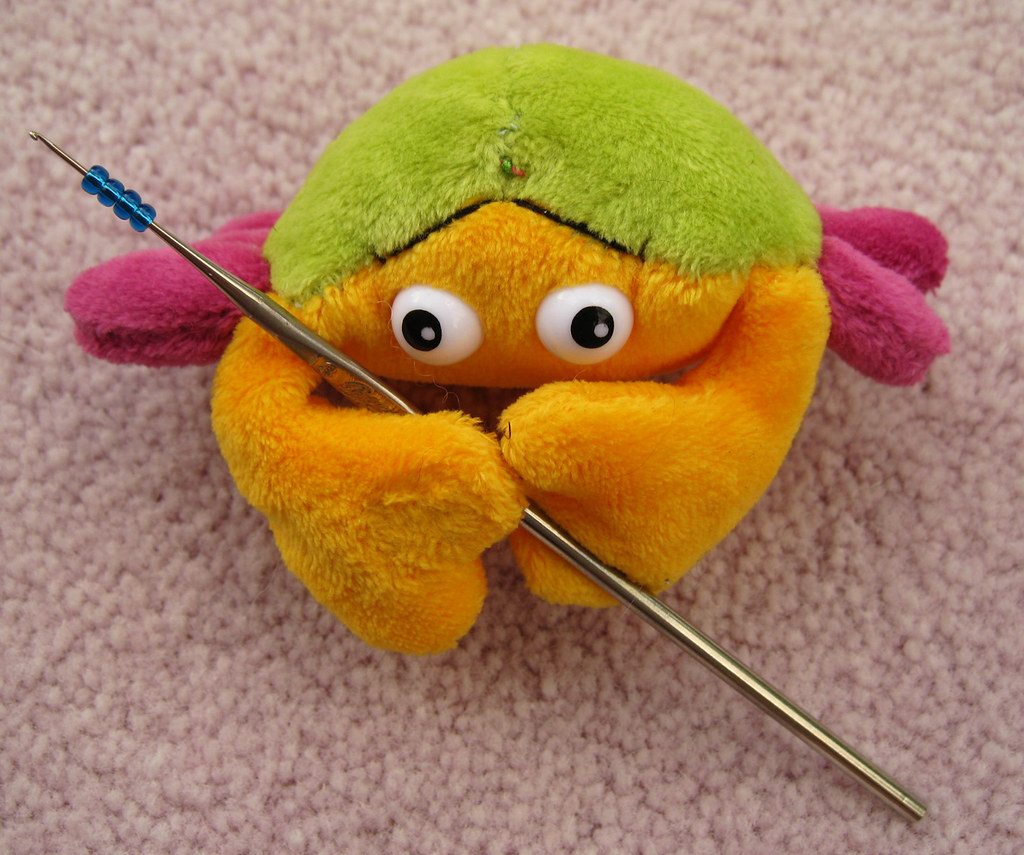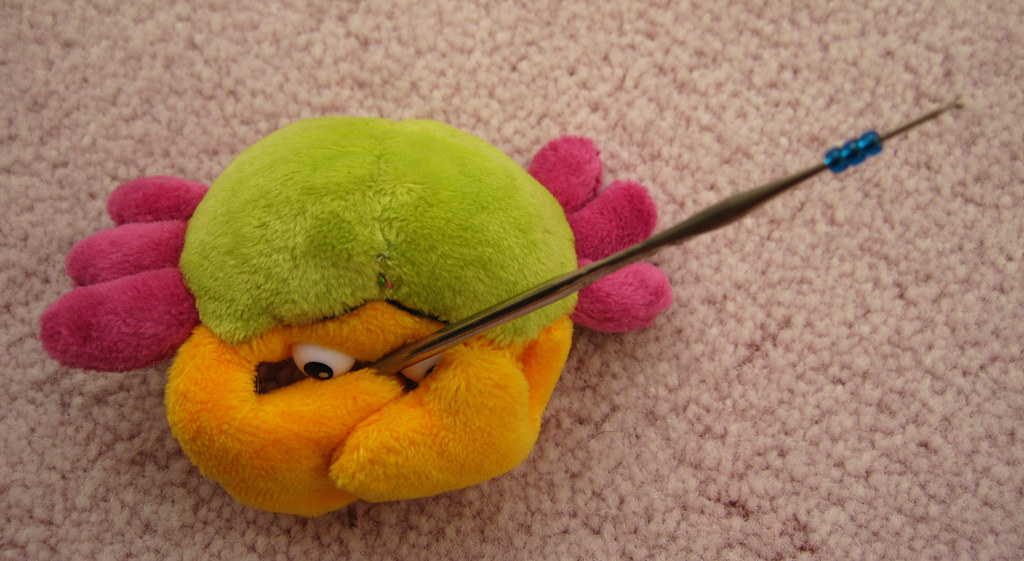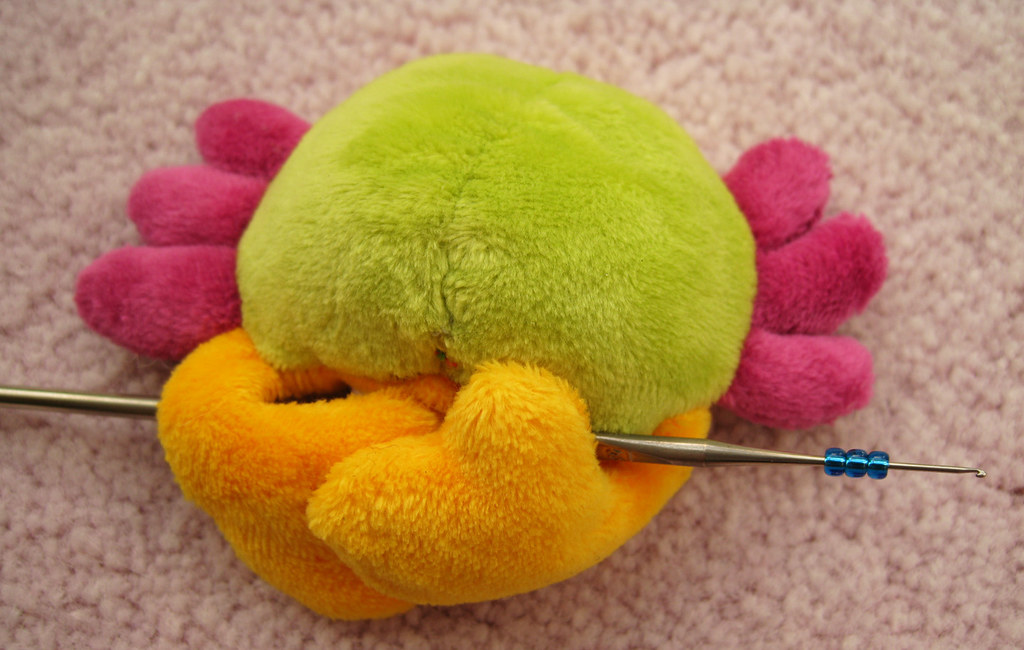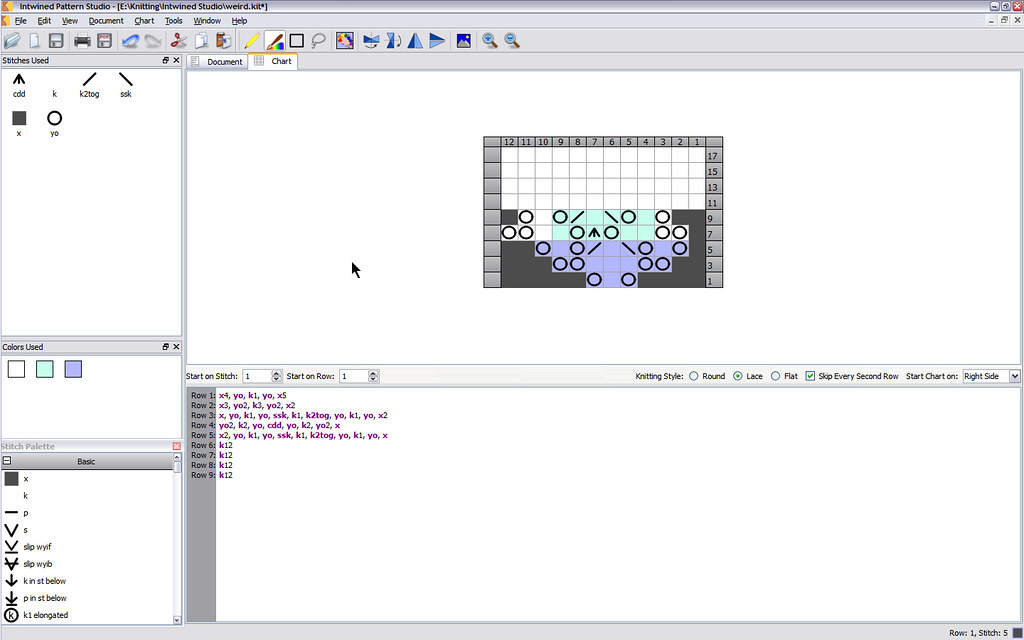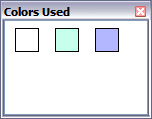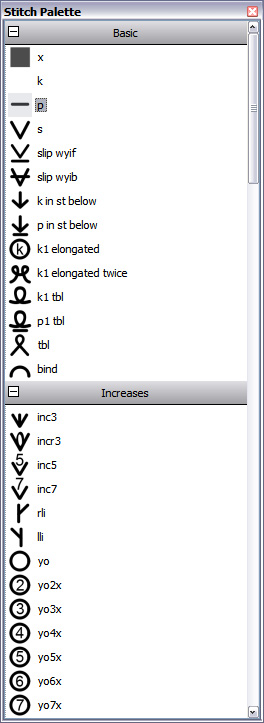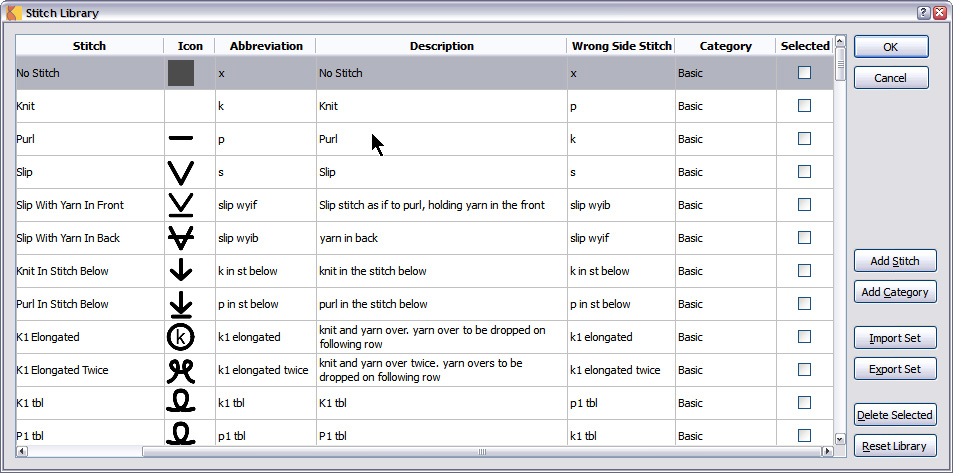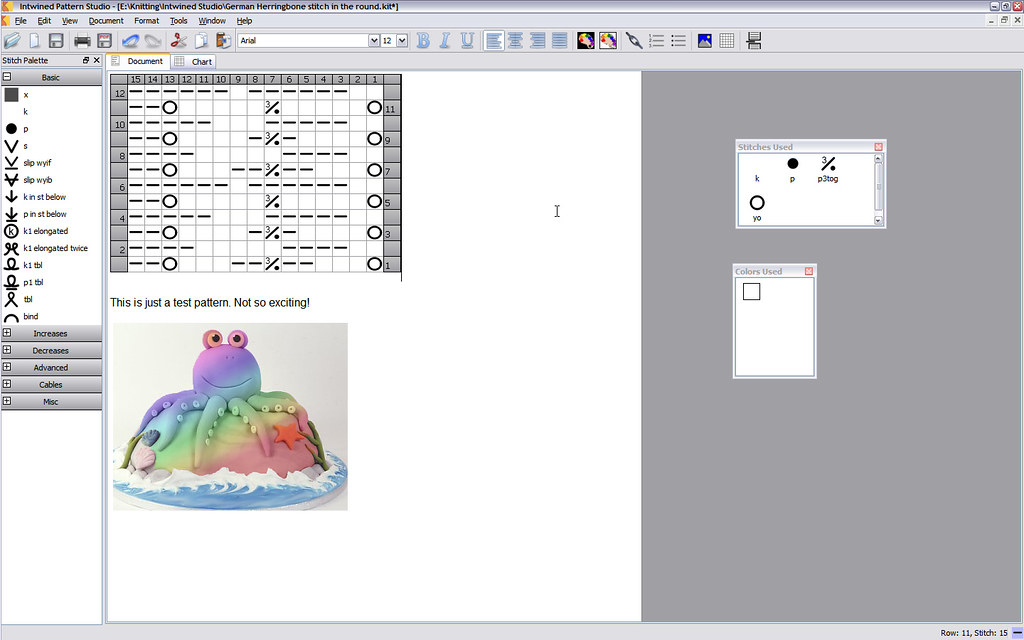After some high-powered nudging from an assortment of readers, I've finally gotten around to writing the third in a series of blog posts about spinning lace yarns.
Let's start by defining lace yarn so we know what we are talking about. Just as there's no standard sweater yarn, there's no standard lace yarn--you can knit lace out of hawser line if you have Really Large needles and a good-sized backyard. But conventionally, lace yarn is that which is finer than fingering weight--in the area of 10,000 meters per kilo--about 5,000 yards per pound. The finest handspun I've seen was made by beadlizard: 171,360 meters per kilo (85,000 yards per pound), useful to people with the eyes of a hawk, the patience of Mother Theresa, and the mindset of, well, words fail me.
Bear in mind that the thinnest yarn you can spin is comprised of three fibers. Yarns of this grist were used, three-plied, for Shetland lace.
There are some spinners on Ravelry who aspire to such wispy (and fragile) yarns, and several who have accomplished this impressive feat. I confess to have spent a week making about 100 meters of this stuff out of Optim merino, which was carefully plied on a charkha, wound off into a tiny ball, and reverently placed in a drawer so I can admire it periodically. I have no compelling drive to knit with it anytime soon. I estimate the plied yarn to be about 37,000 yards per pound--about a 150/2 grist.
I am frequently asked what sort of fiber is best for spinning fine lace yarns, and will answer the question this way: There's no Best Fiber, because the ability to spin fine grist is all about fiber preparation.
If the batt or roving is immaculate, my hands will be spinning away as I read a book. Perfectly prepared fiber draws so evenly that, with a bit of practice, you shouldn't have to do more than glance at it once in a while. Clearly, producing an even yarn is just a matter of rhythm. Your hands will be repeating the same steps over and over--draft out a length, twist, and wind on. If the fiber prep is flawless, the rest of you can be doing some thing else--a pleasant application of multi-tasking that's well worth mastering.
If the fiber is less than optimal, I will put it away and use it for another purpose. If there's one thing I have learned, it's that raw material will always dictate what it wants to be. And some of the batts and roving I have bought insist they want to be sock yarn. Or hat yarn. And in one sad unspinnable case, the only thing that fiber wanted to be was stuffing. And so it was.
Here is an example of a lovely, smooth batt eminently suitable for fine lace spinning (the dark pink dot is dye, not a fuzzball):
And here is one that is not:
The nepps (little wads of short fibers or snarls) are circled. You can, of course, hold the batt up the the light and daintily tweeze them out. Not being that energetic, I spun that particular batt (merino, silk, and angora) in a heavier weight yarn and thus avoided all the delicate plucking and concomitant mumbling, and whining.
It's often difficult to tell if a batt is really smooth by inspecting the prettily wrapped or folded fiber you see on the Internet. You can ask the artist to take a picture of the batt with light behind it--most sellers will be happy to show off their carding prowess.
Roving, because it's machine-made, tends to be more uniform than batts. However, if you are buying dyed roving, you need to make sure that the stuff wasn't felted or over-handled by the dyer. A good close-up picture will give you good idea of spinability, but no guarantee.
I almost never get lumps in my yarn, probably because I learned long draw, my preferred spinning technique, from a master spinner in New England 40 years ago. Lumps mean your fiber prep was not perfect and/or the twist is running into the fiber too quickly. You will also get lumps if your fiber is sticky. Some fibers are naturally sticky; others may have too much lanolin and just require a good wash to make them easily slip by each other. Adding silk to a fiber mix dilutes the natural tendency of wool fibers to cling to one another. But too much silk makes for a non-elastic yarn and I like my yarns to be springy.
Because I really hate it when people talk in generalities, I will give a few sources for superior fiber that work especially well with long-draw and supported spindling and have produced, for me, exceptionally wonderful lace yarn.
1. Dragonfly Fibers 65/35 merino silk top. Utterly flawless mixture that's a bit springy, a bit shiny, and altogether perfect for fine drafting.
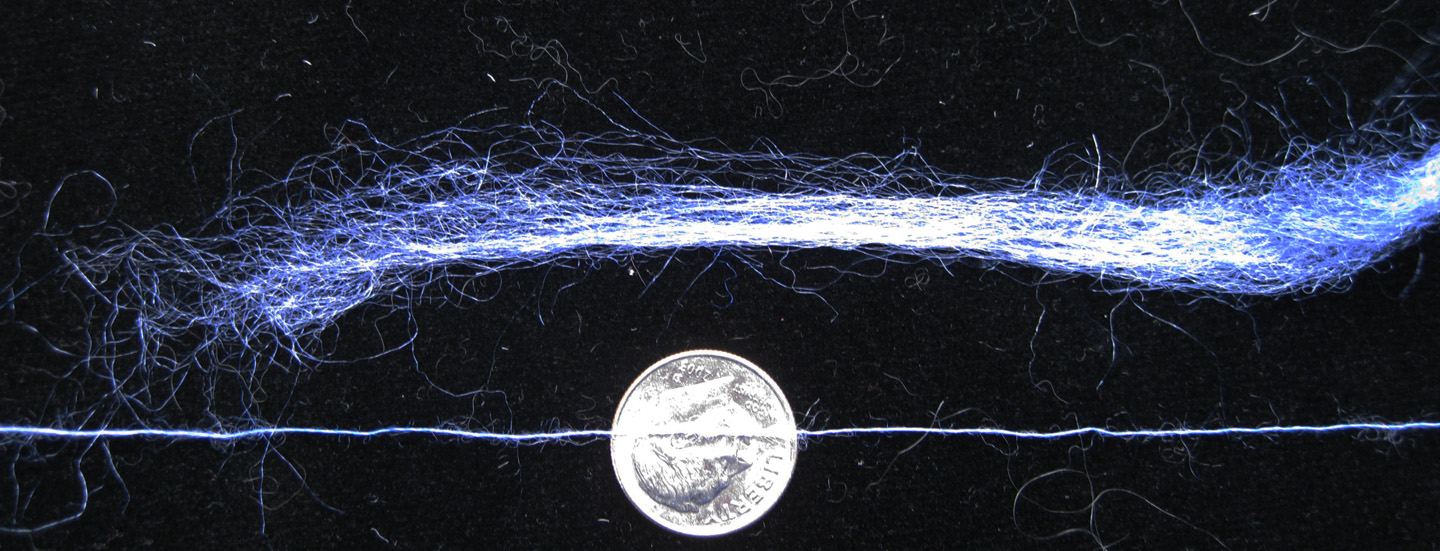
2. Ever Improving Me Batts. Her batts are scary. There's not a tangle or nepp to be found. Fluffy and perfectly blended, they set a standard for carding fibers for lace. She has also mastered the rare ability to evenly blend in sparkle. Make sure you order smooth batts, though. She also offers art batts--lovely, but not so good for fine yarn. Sorry I don't have a close-up of a batt--I've spun everything I bought from her. No leftovers.

3. Adventures in Fiber Batts: Just as frightening as Every Improving Me products, these batts often feature gorgeous color gradations, which keep me from getting bored with a single color.

4. Optim Top. Optim is a fine merino (19 micron) that has been mechanically stretched to a finer fiber diameter (14 microns) and chemically fixed to prevent bounce-back (14 microns is a typical diameter for cashmere fiber). Optim is silky, lightweight, and and very strong. The three-fiber yarn I showed above was spun with Optim; the picture below is heavier--about 30,000 yards per pound. It's a bit difficult to dye--it resists wetting out and floats around on top of the water for hours. If you don't want to spin white fiber, weight it and then soak it overnight before trying to dye it.

5. Corgi Hill Roving: Heart-melting colors in all sorts of fiber. I am particularly fond of her angora/merino and the wonderful merino/silk blend shown here:
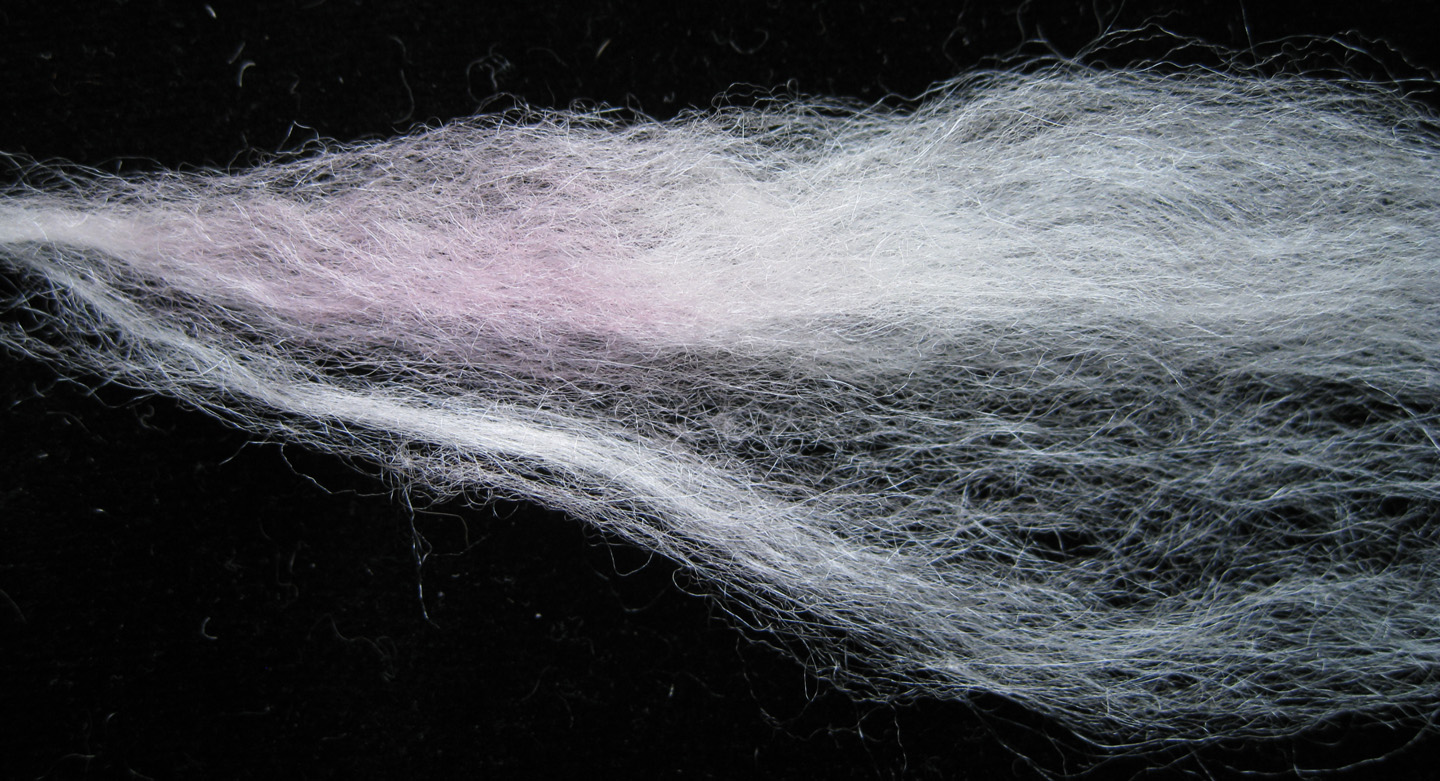
If you take a peek at my Ravelry stash, you'll see that I am helplessly in love with her batts, as well. However, the fibers are sometimes not uniformly blended, which makes it a bit difficult to spin uniform frog hair. For heavier lace yarn, though, you can't go wrong with her carded preps.
It's certainly possible to spin from a loose cloud of fibers--just be certain that the cloud is uniform and doesn't contain bits of short second cuts. For example, here's a lovely sample of Rainbow Farms Pygora goat fiber spun on a Gripping Yarn Snakewood Russian spindle:
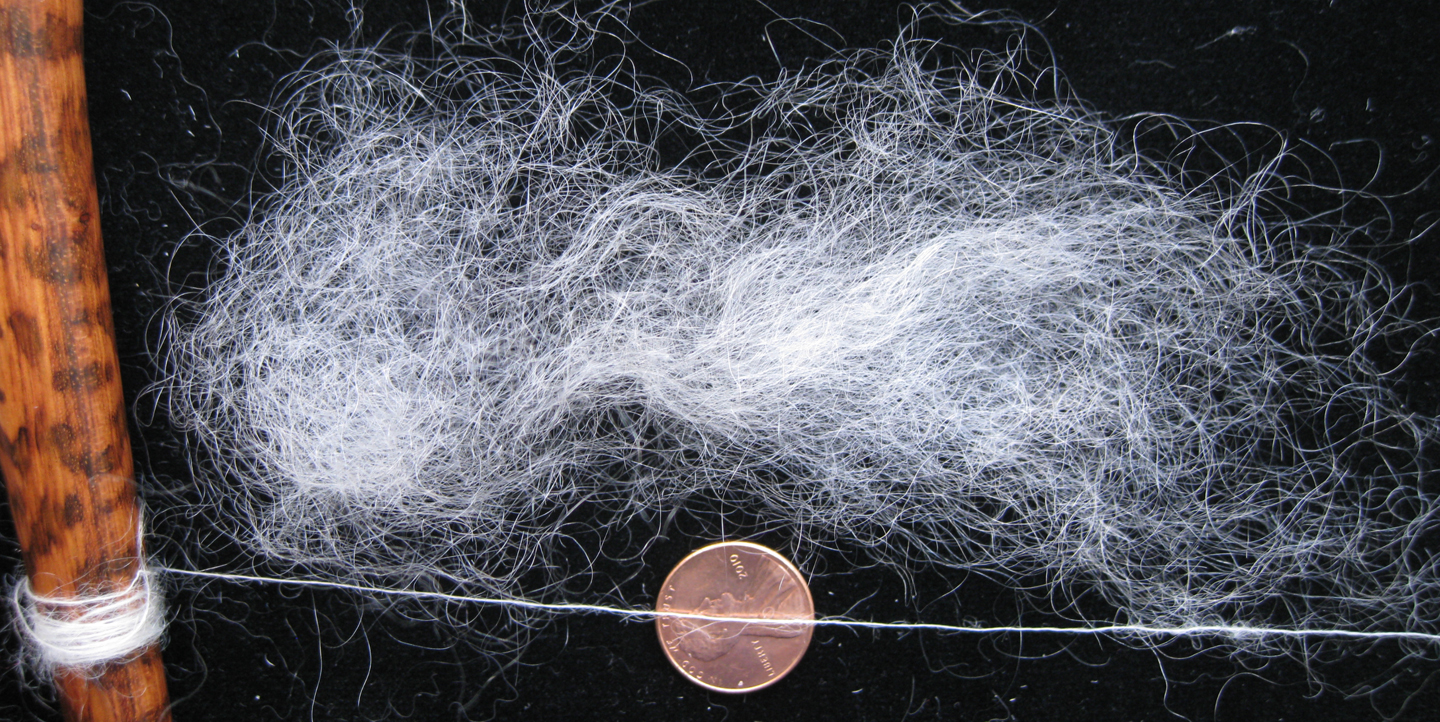
And a bit of Rambo's prime German angora, spun on a Russian supported spindle.
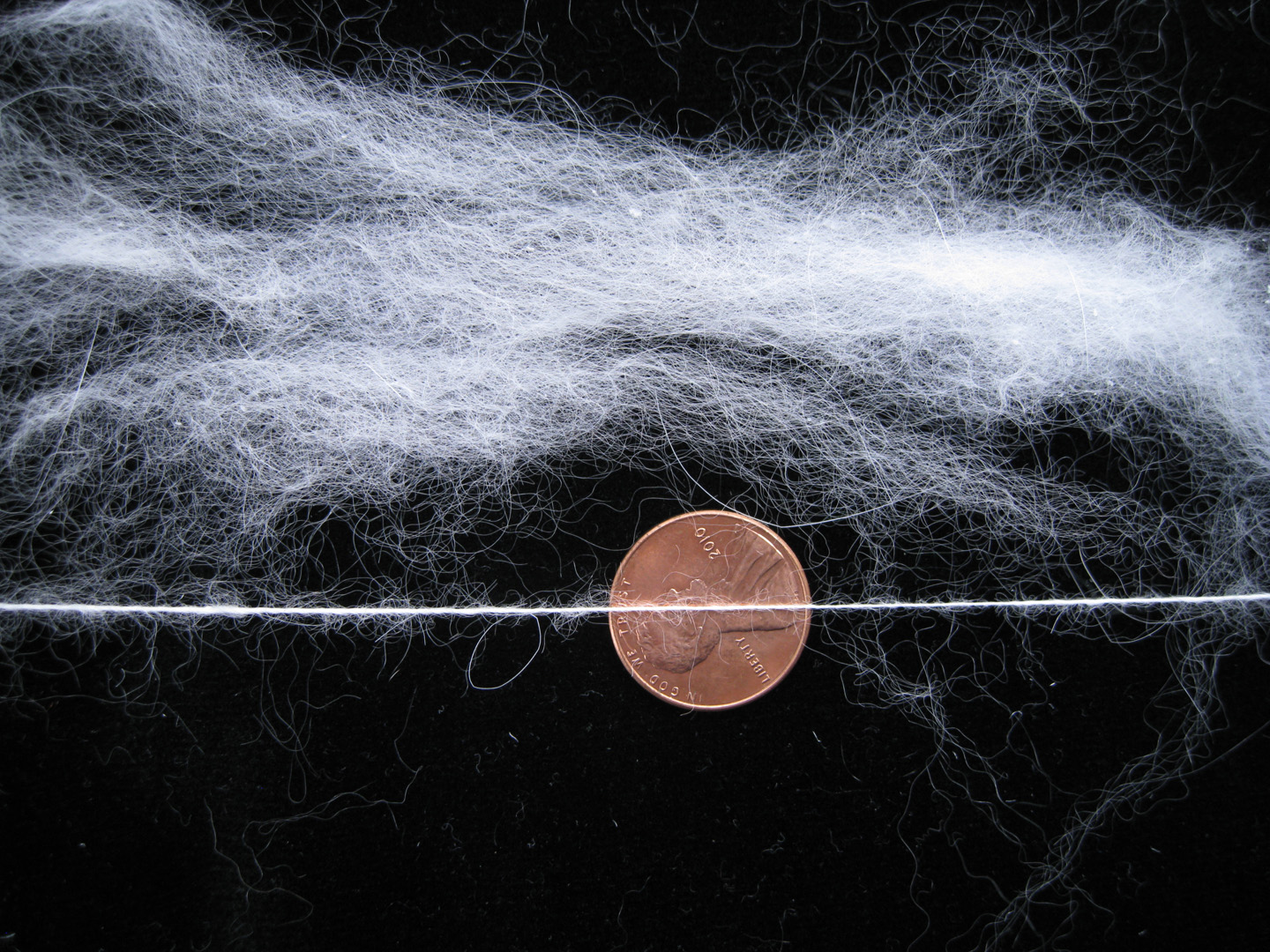
Finally, there are vegetable fibers, such as cotton, that can be spun very fine. I don't care to knit with it, so I don't have anything much to say about it. Bamboo and similarly processed plants are just rayon. Some people love the stuff, but I don't care to spin it or knit it either. There are several Etsy artists whose color sense makes me swoon, but they add bamboo to everything. About the kindest thing I can say about bamboo fiber is that it's shiny and cheaper than silk.
The next post in the series will probably cover charkha spinning. Or not! Stay tuned!









